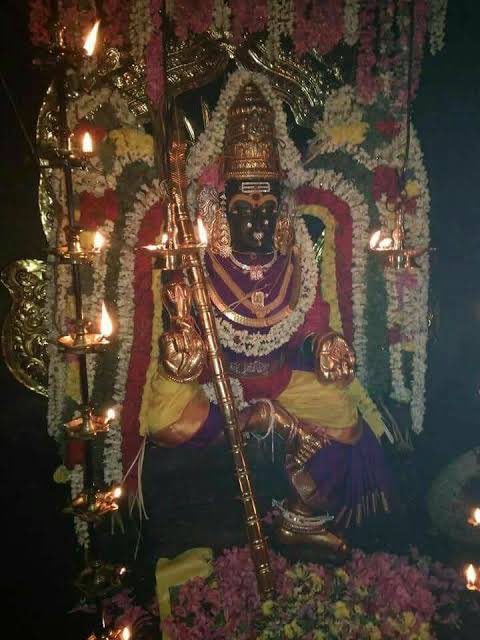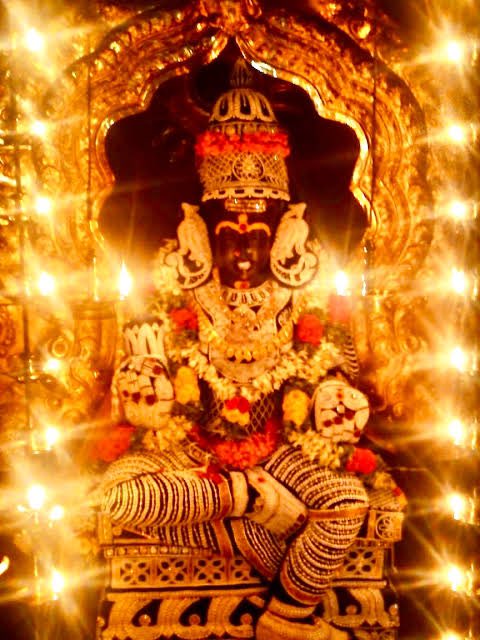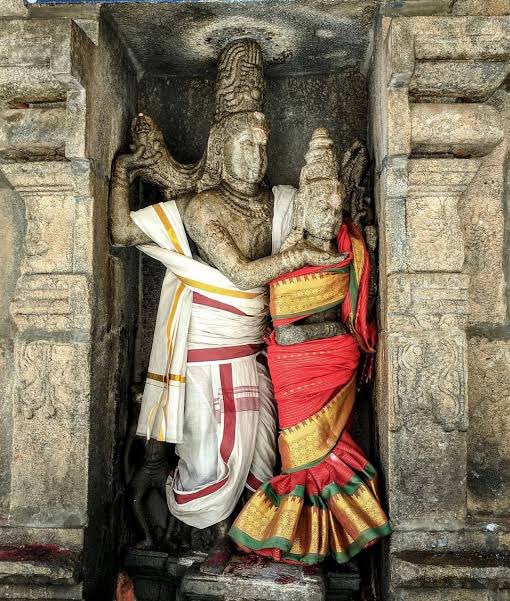Much before #RRR there was the 1974 biopic on #AlluriSitaramaRaju starring veteran actor Krishna, in the lead role, a movie that remains a classic in Telugu cinema to date. Alluri is one of the greatest revolutionaries ever who led a long tribal uprising against the British.
One of the more ignored aspects of the Indian freedom struggle has been the various tribal revolts that broke out against the British rule. Tribals were prohibited from cutting trees for firewood, their traditional Podu cultivation was banned.
And they were often exploited by contractors who used them as labor for building roads in those areas. Many protests broke out in the tribal areas of Eastern India, notably Jharkhand, Chattisgarh, Western Odisha, Bengal, one of the more famous one was that of Birsa Munda
The Agency area covering Andhra Pradesh and Telangana, is the name given to the tribal tracts of Northern parts of both the states, bordering Odisha, Chattisgarh, Maharashtra, along the Eastern Ghats.
A vast area covering the districts of Vizag, Vizianagaram, Srikakulam, East and West Godavari in Andhra Pradesh, and Khammam, Warangal, Adilabad, Karimnagar in Telangana, with it’s hills, valleys, thick forests and tribal living there.
The oppressive Madras Forest Act of 1882, was a curse for the tribals of the Agency Area, who were prohibited from cutting trees for firewood and carrying out their traditional occupations.
At such a time, Alluri Sitarama Raju emerged to fight for the tribal rights in Agency, and mobilize them for an armed revolution. At an age of 27 years,he managed to foment an armed uprising with limited resources and motivating the poor, illiterate tribal against British,
Born on the 4th of July, 1897 at Pandrangi in Vishakapatnam district in 1897 to a Kshatriya family. Ramaraju's ancestors originally hailed from Rajolu in East Godavari district, before they migrated outwards.
His parents Venkatarama Raju and Suryanarayanamma, were originally from Mogallu in West Godavari district. He had a sister Sitamma and a brother Satyanarayana Raju. His real name was Sriramaraju named after his maternal grandfather.
Raju lost his father when he was just 6 years old, and his family had to suffer a lot due to financial difficulties. His uncle Ramakrishna Raju helped the family both financially as well as assisting Raju in his education.
In 1909, he joined the Mission High School in Bhimavaram and would walk daily to it from Kovvada. He also learnt horse riding from his friend at Chinchinada a small village near Narasapur. He studied later at various schools in Rajahmundry, Rampachodavaram, Kakinada
When his family was at Tuni, in 1918, Raju used to tour the hills, valleys nearby, where he came into contact with the tribals living there, and saw their condition first hand.
He had the nationalist feelings from an early age itself, and believed deeply in God. He would regularly do Puja to Devi, as well as spend long hours in meditation.
The turning point in his life came when he went on a tour to the North in 1916. He stayed with Surendranath Banerjee for some time, and attended the Congress session at Lucknow.He learnt Sanskrit during his stay at Varanasi, also visited Ujjain, Haridwar, Indore, Baroda, Amritsar
It was a period of learning for him, when he read books on medicine, animal breeding,and also wrote some himself. In 1918 he again went on another tour, this time traveling through Nasik, Pune, Mumbai, Bastar, Mysore, before coming back to Krishnadevi Peta.
With his prowess in various martial arts,Ayurveda, Raju became a leader and inspiration for people living in the areas surrounding Tuni, Narsipatnam. He began to fight for the rights of the tribals in the Manyam region, and also led a campaign against alcoholism, casteism.
The lot of the tribals was miserable in the Manyam region, suffering exploitation from the Britishers in all ways possible. They were used as laborers, their lands taken over and their women folk were sexually exploited too.
They led a harsh life dependent on Podu(Shifting cultivation) and selling forest produce, and the exploitation made it even worse for them. In collaboration with contractors, the tribals were made to work as coolies for building roads, and were not even paid for their services.
The contractors would treat the tribals like slaves, making them work hard, not paying them, beating them up mercilessly. The tribals were made to carry the contractors from one place to another, their womenfolk were used sexually, it was a truly miserable existence for them.
Seeing the misery and exploitation, Alluri decided to stand along with the tribals, and fight for their rights. He bought awareness among them of their rights, infused courage and determination and motivated them to fight against the injustice meted out to them.
The tribals in turn turned to him for guidance and advice,and he soon became a leader for the 30-40 odd tribal villages there. He made them give up their habit of toddy drinking, taught them in guerilla warfare and combat.
The Gama brothers Gantam Dora and Mallu Dora, Kankipati Padalu, Aggiraju became some of his trusted lieutenants. Bastian, the Tahsildar of Chintappali divison( now in Vizag district) was the most sadistic of all the British officers.
He was notorious for his exploitation of the tribal coolies used for the construction of the road from Narsipatnam to Lambasingi. Tribals who demanded more pay were whipped to death, and Raju’s complaints to higher authorities fell on deaf ears.
The authorities in turn getting reports of increasing revolutionary activity began to spy on Raju at Narsipatnam, Addateegala, and for some time he was in exile to avoid detection.
With the help of Fazaulla Khan, the Dy.Collector of Polavaram, sympathetic to the tribal cause, Raju once again entered the Manyam region in 1922. For close to 2 years, Raju would lead one of the most intense uprisings against the British, that nearly shook them to the core.
With Mallu Dora, Gantam Dora, Padalu, Aggiraju, he lead a team of nearly 150 fighters against the British, a formidable armed uprising.
August 22, 1922– The Manyam rebellion started with Raju leading the first attack on Chintapalli police station in the Rampachodavaram Agency.
With 300 rebels, Raju attacked the station, tore apart the records, and took away the arms and ammunition from there. 11 Guns, 5 swords, 1390 cartridges were taken away from there, and Raju personally noted this in the register.
And soon it began to spread, Krishnadevipeta was attacked next and arms taken from there. On August 24, Rajavommangi was attacked, and after some resistance from the police there, it was overcome. Verayya Dora who was a prisoner there was also freed and he joined Raju
The British struck back sending Cabard and Haiter, who began to comb the Chintapalli region for Raju and his associates. They were both killed in a guerrilla attack by Raju, and the rest of the party had to beat a retreat.
The people were now fully in support of Raju and his team of revolutionaries, with this victory. One of the most daring attack by Raju was on the Addateegala police station which was heavily secured by the British.







![Peter McCormack [Jan/3\u279e\u20bf \U0001f511\u220e]](https://pbs.twimg.com/profile_images/1524287442307723265/_59ITDbJ_normal.jpg)







